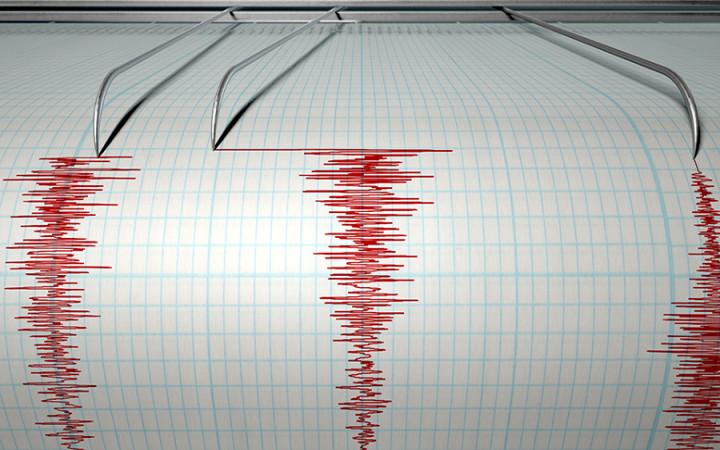Today’s Wonder of the Day was inspired by Ginny from Fresno, CA. Ginny Wonders, “What causes earthquakes?” Thanks for WONDERing with us, Ginny!
One of the joys of growing older is being able to look back upon your younger years and have a laugh about some of the irrational fears you had. For example, when we look back upon our childhood days, we realize that quicksand hasn't been nearly the problem we thought it would be.
Perhaps it was reading all those Hardy Boys and Nancy Drew mysteries, but we really thought that quicksand was a grave danger that we were sure to face on multiple occasions as we got older. To date, however, we've yet to get stuck in a pit of quicksand.
Instead, the ground beneath our feet has been consistently solid and firm…except when it rumbles and shakes during an earthquake. Over the past several decades, earthquakes have been occurring with increasing frequency. What's going on under Earth's surface?
Some scientists have traced the increase in earthquakes, especially in areas not known for the presence of fault lines or past seismic activity, to human actions. That's right. We humans are causing earthquakes more frequently than ever before.
The idea of humans causing earthquakes may seem strange at first. After all, you can run around your backyard and jump up and down all you want, and the ground isn't going to start shaking. However, scientists have identified a variety of large-scale human activities that can trigger earthquakes.
Although natural earthquakes usually occur along fault lines, human-caused earthquakes can happen in areas unassociated with previous seismic activity. Scientists have identified over 700 places where human activity has triggered earthquakes over the last century.
While many human-induced earthquakes are mild and don't cause much damage, some of them can be serious and dangerous. In fact, scientists believe human activity has caused earthquakes with magnitudes as high as 7.9 on the Richter scale.
Scientists believe most human-induced earthquakes are the result of mining. As companies drill deeper and deeper below Earth's surface to extract natural resources, holes left behind can cause instability that leads to collapses that trigger earthquakes.
Building large dams can also cause earthquakes. For example, approximately 80,000 people died in China in 2008 as a result of a 7.9-magnitude earthquake triggered by 320 million tons of water that had been collected in the Zipingpu Reservoir after a large dam was built over a known fault line.
Another human activity triggering earthquakes is hydraulic fracturing (known as "fracking") for oil and gas, including the high pressure wastewater disposal that usually accompanies fracking. In this process, water, sand, and chemicals are pumped underground under high pressure to fracture rocks to release natural resources.
As those resources, such as oil and natural gas, make their way to the surface, so do the water and chemicals that were injected to begin the process. This wastewater is collected and often injected deep underground again to dispose of it. Both the fracking process and wastewater disposal have been shown to trigger earthquakes.
These aren't the only human activities that can trigger earthquakes, though. Scientists point out that earthquakes can also be triggered by other human activities, such as construction of skyscrapers and nuclear explosions.




